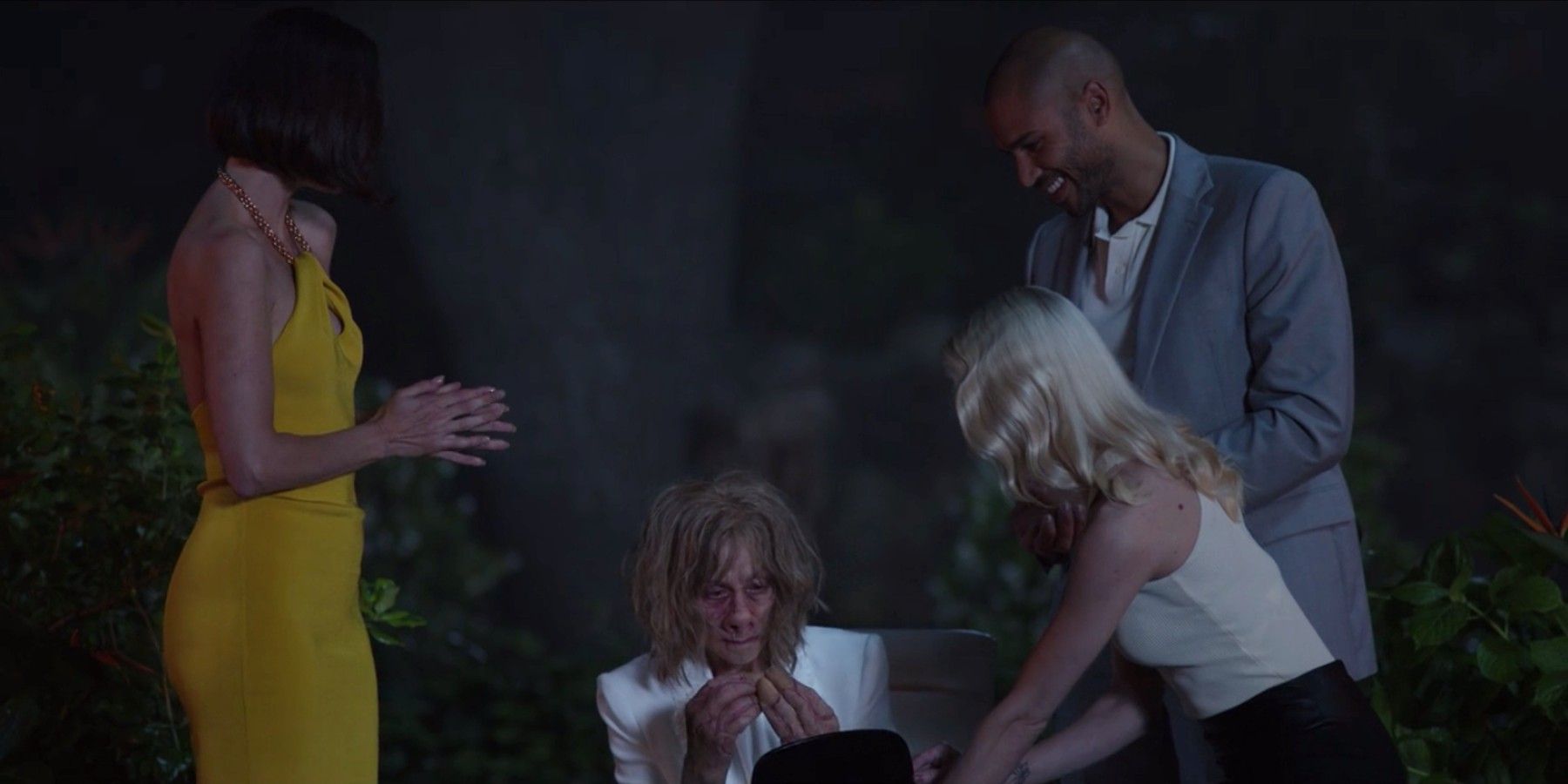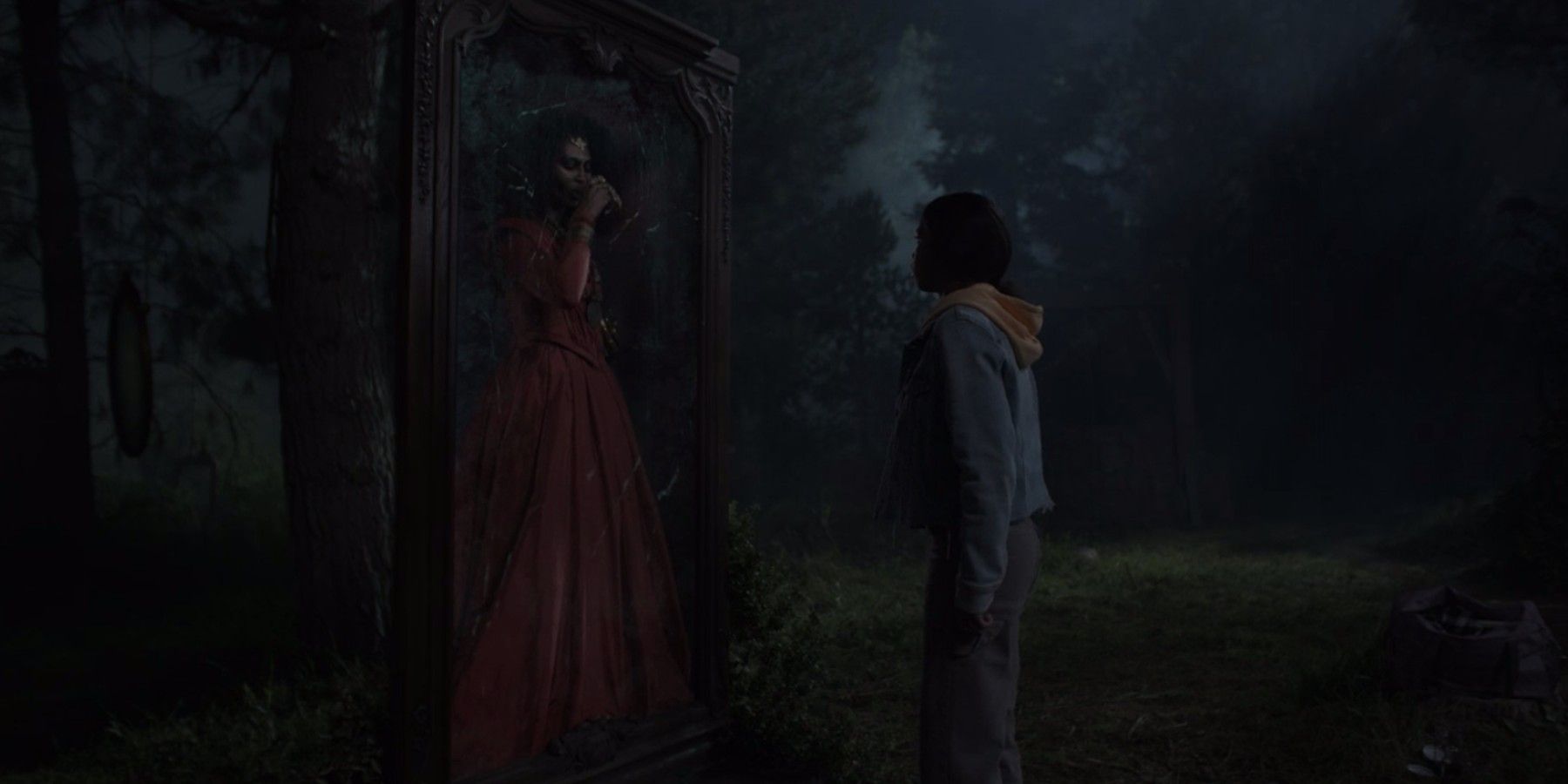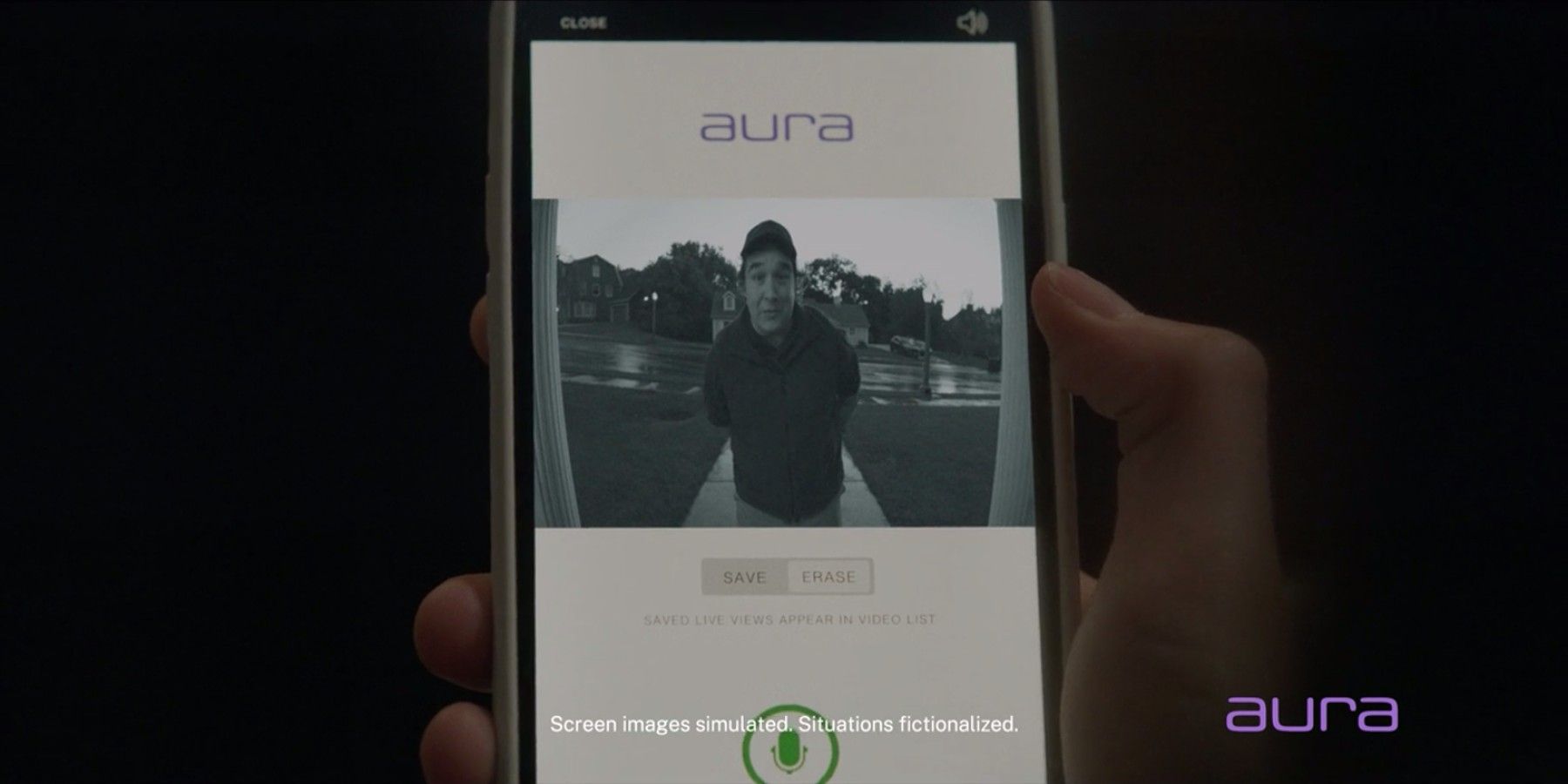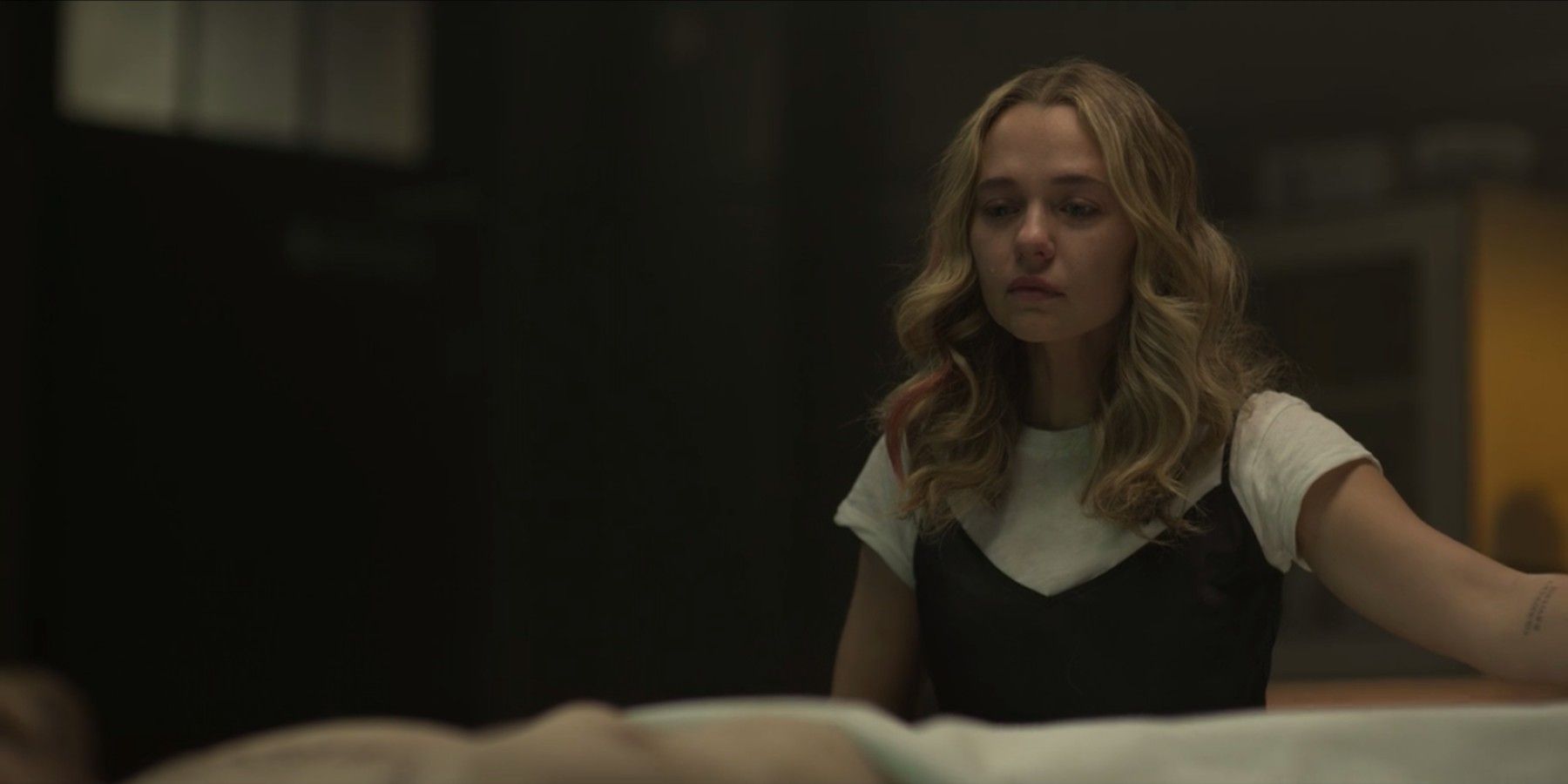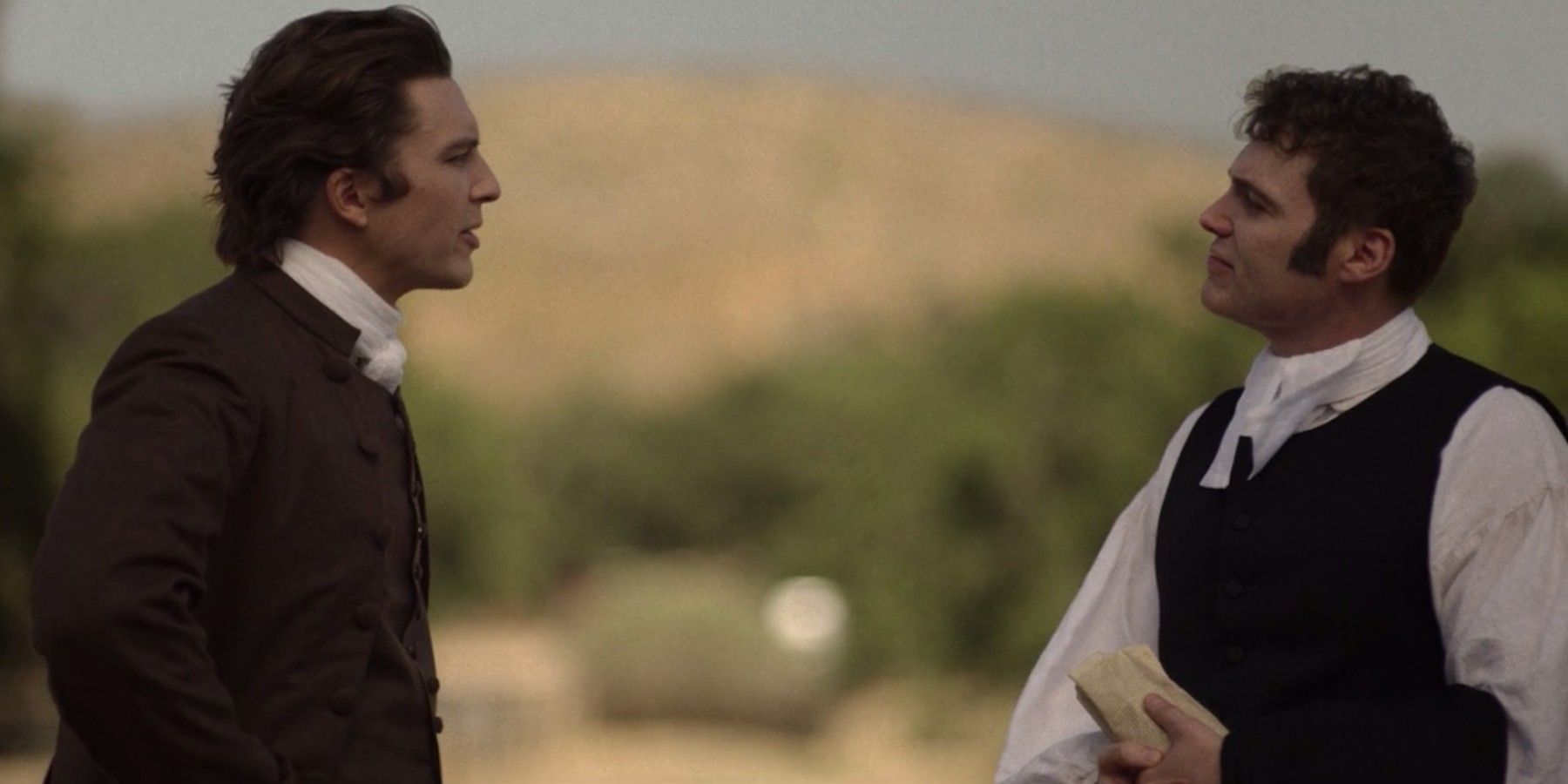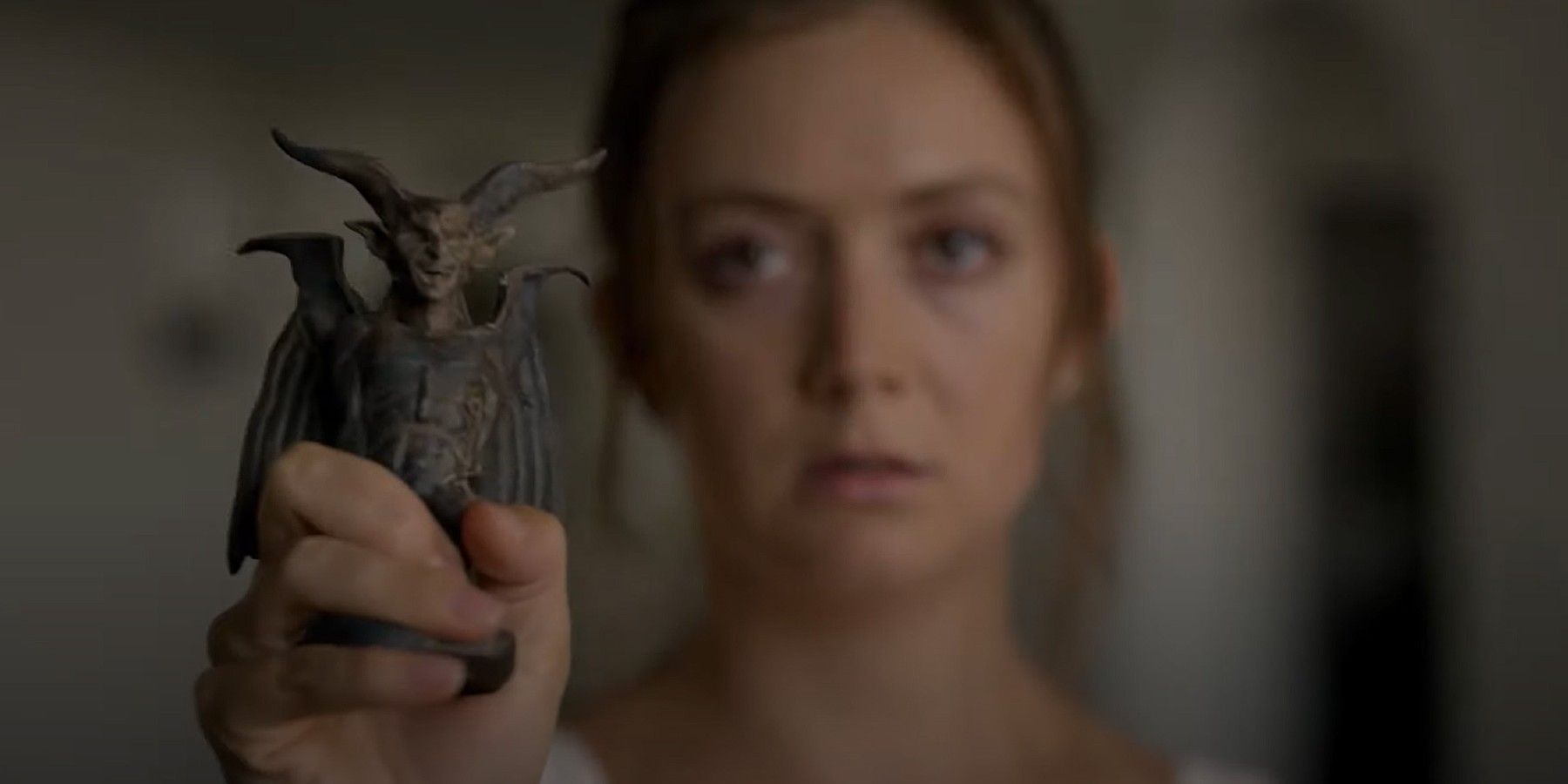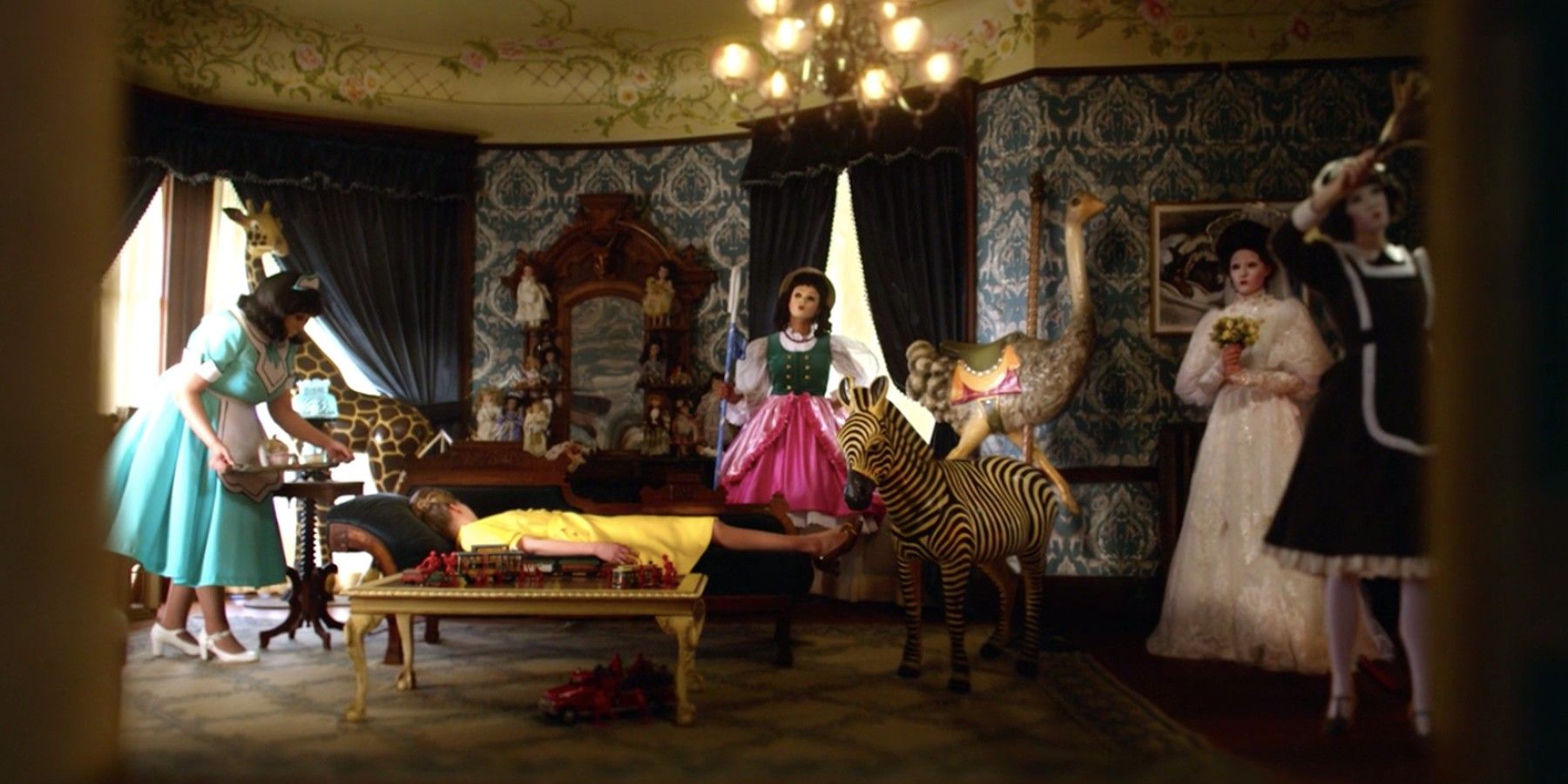In July 2021, Ryan Murphy and Brad Falchuk introduced their newest horror sensation, American Horror Stories to Hulu. The first season of the series consisted of 7 episodes and Murphy revealed that it would return for a second season. The series is a spin-off of Murphy and Falchuk's American Horror Story series, which has been on the air for over a decade.
Unlike the original program that typically followed one theme per season, for the most part, American Horror Stories tells a new story each episode. The varied content inspired mixed reviews and some found that the spin-off paled in comparison to the original series. Without the comparison to American Horror Story, how do the individual episodes of American Horror Stories rank among one another?
Updated September 23, 2022, by Brittany Utley: The second season of Ryan Murphy and Brad Falchuk's American Horror Stories has recently wrapped, adding 8 new episodes and their stories to the spin-off series' collection. The second season of American Horror Stories has widely been considered a step up from the series' debut season, filled with original stories that appear to cement the spin-off as its own entity. With 8 new episodes, the only question that remains is how these new episodes compare to the initial 7 of the spin-off series' first season.
"Game Over" (season 1, episode 7)
"Game Over" returns to the familiar setting of Murder House, but the familiar setting wasn't enough to save the final episode of American Horror Stories from the criticism it received. Its video game premise lent the episode to a number of fresh surprises, but it also led to some serious issues for the spin-off and its predecessor. Some found that "Game Over" diminished some of Murder House's history.
"Game Over" reduces some infamous Murder House ghosts to video game characters that may or may not end up being fictional after all. Even the twists at the end of the episode aren't enough to save it from the long-term issues it presented for the franchise.
"Rubber (Wo)man: Part Two" (season 1, episode 2)
The second episode of American Horror Stories expands on the events of its first. Its first part does end on a slightly ambiguous note but what happens in "Part Two" doesn't add to the story of the Rubber Woman in a meaningful manner. It focuses on Scarlett's dark relationship with Ruby, the discovery of her fathers' deaths, and the trouble she faces after her actions in the first episode. Rather than expanding off of the events of "Part One," this episode more accurately establishes the circumstances for "Game Over." While the ending of "Part One" may have been a bit open-ended, it would've been a much stronger ending for the Rubber Woman and Murder House.
"The Naughty List" (season 1, episode 4)
Critics of "The Naughty List" seem to forget that the episode was designed to be outlandish and slightly irritating. The episode focuses on a group of influencers who live at the "Bro House" and create obnoxious videos for their followers. After posting a horrid video, their popularity begins to rapidly decline, leading to more questionable choices by the group to be made. They ultimately decide to return to their roots and post a prank video that they film at the mall in front of Santa. This Santa exacts revenge in a lethal way, that ultimately leads to the YouTubers reaching their desired goal of 5 million subscribers. As ridiculous as "The Naughty List" may seem, it's meant to be frustrating to watch. It's purposeful in its criticism of what some internet personalities are willing to do in order to achieve a goal, while also sticking to the horrific theme of the show.
"Drive" (season 2, episode 3)
"Drive" utilizes a formula similar to American Horror Story: Hotel, which fills it with promise. "Drive" includes an urban legend along with an instinctual fear that anyone would have about being trailed home in the middle of the night, which is used to create its atmosphere.
In its frighteningly realistic scenario, "Drive" begins to lose that realism the further Marci fixates on engaging with the man who drove the car that night. This leads "Drive" to fall short in its delivery that its focal character is actually the serial killer in question. The motives for Marci's killing don't add to the episode, and ultimately make "Drive" feel lackluster.
"Drive In" (season 1, episode 3)
What makes "Drive In" a successful episode of American Horror Stories is its use of a traditional slasher narrative. Set around the reemergence of the banned film, Rabbit Rabbit, it doesn't take long to discover why it was a banned film: anyone that watches the film begins to maim anyone sight. Kelley and Chad's steamy distraction allows them to make it out of the drive-in alive, but not before they are forced to see the chaos the movie has caused.
The gruesome fates of Rabbit Rabbit viewers are what create the uneasiness of "Drive In." Its bloodshed and stomach-churning gore are huge pluses for the episode. The ambiguous, chaotic ending turns "Drive In" into a significant episode, saving it from some of its duller moments.
"Lake" (season 2, episode 8)
The season 2 finale of American Horror Stories doesn't end the season with the punch it needed. Much like its first season, the spin-off horror series ends with a story that tries to blend everyday horrors people encounter along with the supernatural undertones the American Horror Story franchise has often utilized.
"Lake" begins with Finn observing her brother Jake's death in Lake Prescott. It then switches its focus from Finn to her mother Erin, who takes charge to learn what happened to her son. Together, Erin and Finn make the unfortunate discovery that Jake's death was a form of revenge. "Lake" layers its narrative to make its final twist effective, but the overall lack of connection to the characters themselves makes it difficult for the conclusion to be impactful.
"Rubber (Wo)man: Part One" (season 1, episode 1)
The story of the Rubber Woman is the only episode of the spin-off that receives multiple installments to tell its story. As the first episode of American Horror Stories, it does kick the series off with a bang. Scarlett's discovery of the rubber suit from Murder House leads to a dark change in her already grim character. After the betrayal she experiences at the hands of her crush, Scarlett lures Maya and her friends to the basement of Murder House, where she kills them.
The origin of the Rubber Woman is different from the side of the suit (or person in the suit) that was previously shown in Murder House. Once Scarlett puts on the suit, there seems to be some darker element at play for her, as she seems to become possessed by the suit itself. It's an interesting addition to the history of Murder House and the suit, while also serving as a proper origin story for a new face.
"Facelift" (season 2, episode 6)
"Facelift" challenges American Horror Stories to build suspense not only through its atmosphere but the impending reveal of Virginia's plastic surgery. "Facelift" frames Virginia's meeting with Dr. Perle to imply that something is amiss, but having met Cassie, who has already undergone the procedure, there's little evidence to knowingly distrust its authenticity.
Naturally, "Facelift" does confirm the suspicion that arises, as the surgery turns out to have the opposite result that Virginia intended. "Facelift" also draws loosely on the theme of American Horror Story: Cult, though the two deal with the topic in two very extreme ways. "Facelift" is strongest in building the suspense around Virginia's surgery and how it begins to take a toll on herself and her family, but also in its evaluation of vanity.
"Bloody Mary" (season 2, episode 5)
As the title suggests, "Bloody Mary" draws on the age-old tale of Bloody Mary. It begins with a group of young teens, each with their own desires, who call upon the infamous figure with hopes that she will be able to make their deepest desires come true. For most of them, the trade-off becomes too much to act on -- initially. As "Bloody Mary" begins to explore the "kill or be killed" concept, each of the teens is forced to evaluate how far they're willing to go to get ahead.
"Bloody Mary" also ties in references to the Underground Railroad and African folklore to make this rendition of Bloody Mary stand out among the countless other times the story has been explored.
"Aura" (season 2, episode 2)
"Aura" presents itself in a manner that differs from the other episodes of American Horror Stories, and that difference serves the episode well. Its Black Mirror-like atmosphere is built around the Aura security device. Jaslyn's traumatic past works with the Aura device to create the suspense and ambiguity that is pivotal to the episode.
Fixating on an object as opposed to a person for a majority of "Aura" is partly what makes it stand out among the other episodes of American Horror Stories. The returns of both Gabourey Sidibe and Max Greenfield do wonders for "Aura," and the episode's pace serves its narrative quite well.
"Feral" (season 1, episode 6)
"Feral" is perhaps the most gruesome episode of American Horror Stories' first season. It draws on true events and the haunting theories of Feral people living in the woods of National Parks all over the United States. It follows a family that goes on a camping trip that goes horrifically wrong. After the son of Jay and Addy goes missing, viewers are transported 10 years after the tragic event to see the outcome.
Evidence arises that proposes Jay and Addy's son is actually alive, which sends them back into the woods. There, they make a shocking discovery that Jacob did not only survive but has become a leader. Jacob, now the king of what Ranger Stan Vogel called "Feral Nation" also remembers his parents, but that isn't enough to save them. Instead, Jacob allows the Feral people to feast on his parents while he watches. It's a chilling end to an already somber tale, making it one of the series' most memorable episodes.
"Necro" (season 2, episode 7)
An argument could be made to suggest that “Necro” is one of the most entertaining episodes of the spin-off horror series. It attempts to grant the viewers the backstories of two troubled characters without having to show too much of it. Instead, it relies on its dialogue and the emotional exchanges between its characters to create its tense atmosphere.
The episode’s title already provides a peek into what viewers will be getting, though “Necro” counters that expectation with a slight twist. The sordid romance that forms between Sam and Charlie becomes the focus of the episode. “Necro” remains well contained and paced within its timeframe and most importantly, it feels complete by the time it draws to a close.
"Milkmaids" (season 2, episode 4)
If “Feral” is the most gruesome episode of American Horror Stories’ first season, “Milkmaids” is undoubtedly the hardest to stomach from the series’ second. “Milkmaids” is arguably the most complex episode of American Horror Stories as well. There are many elements at play within “Milkmaids”: Thomas’ relationship with his son, the animosity toward milkmaids, the pastor and his growing fixation on the dead, and Celeste’s unfortunate backstory and current state of affairs.
Each of these elements is connected to the larger cloud hanging above “Milkmaids,” which is the mysterious disease plaguing the town. While vile at times, “Milkmaids” draws a meaningful conclusion for each of the subplots it introduces, and crafts a mind-bending period tale.
"BA'AL" (season 1, episode 5)
"BA'AL" is unanimously considered the best episode of American Horror Stories' first season. "BA'AL" stars American Horror Story alum Billie Lourd as Liv Whitley, a wealthy woman who is willing to do anything to have a baby with her husband Matt. The seemingly simple premise of "BA'AL" actually leads to some of the most effective and surprising twists of the American Horror Stories episodes.
After using the totem of Ba'al to help herself become pregnant, Liv becomes tormented by the sightings of the demon after the baby is born. Her fits lead to Matt committing her to an asylum, where it is revealed that Matt and his friends were purposefully driving her mad in order to get her money. The surprises don't end there, as Liv does send the real Ba'al after them for revenge, and welcomes the demon into bed to have a second baby.
Its unique double-twist along with the cunning performances of both Lourd and Ronen Rubinstein in "BA'AL" is what makes it the best episode of American Horror Stories' first season. It is one of the few episodes of the series that feels like a fresh idea that was fully developed from start to finish.
"Dollhouse" (season 2, episode 1)
“Dollhouse” may serve as a backstory for a previously established Coven character, but aside from its tie-in to the flagship series, “Dollhouse” has everything going for it. Like “BA’AL,” it stars American Horror Story alum Denis O’Hare as a doll maker who is privately running his own sordid dollhouse to find an ideal wife and mother. Through O’Hare’s frightening performance as a sinister doll maker and father, it’s not difficult to imagine why Spalding carries the traits he does when he’s met in Coven.
American Horror Stories saves the twist that Otis is Spalding until the very end of “Dollhouse.” This tactic serves “Dollhouse” well because it doesn’t become reliant on its relation to Coven in order to deliver an effective, spooky story. Instead, it grants viewers the horror of a woman going in for a job interview, being kidnaped, threatened, and tortured before she can find solace. Yet, in concealing its twist, “Dollhouse” plants every seed to suggest the connection to Spalding, down to the obsession the Coven character had with dolls and creating those dolls out of humans. Whether “Dollhouse” is viewed for its initial half that presents an original story, or valued for its connection to Coven, the unique duality of the episode earns it the top ranking.

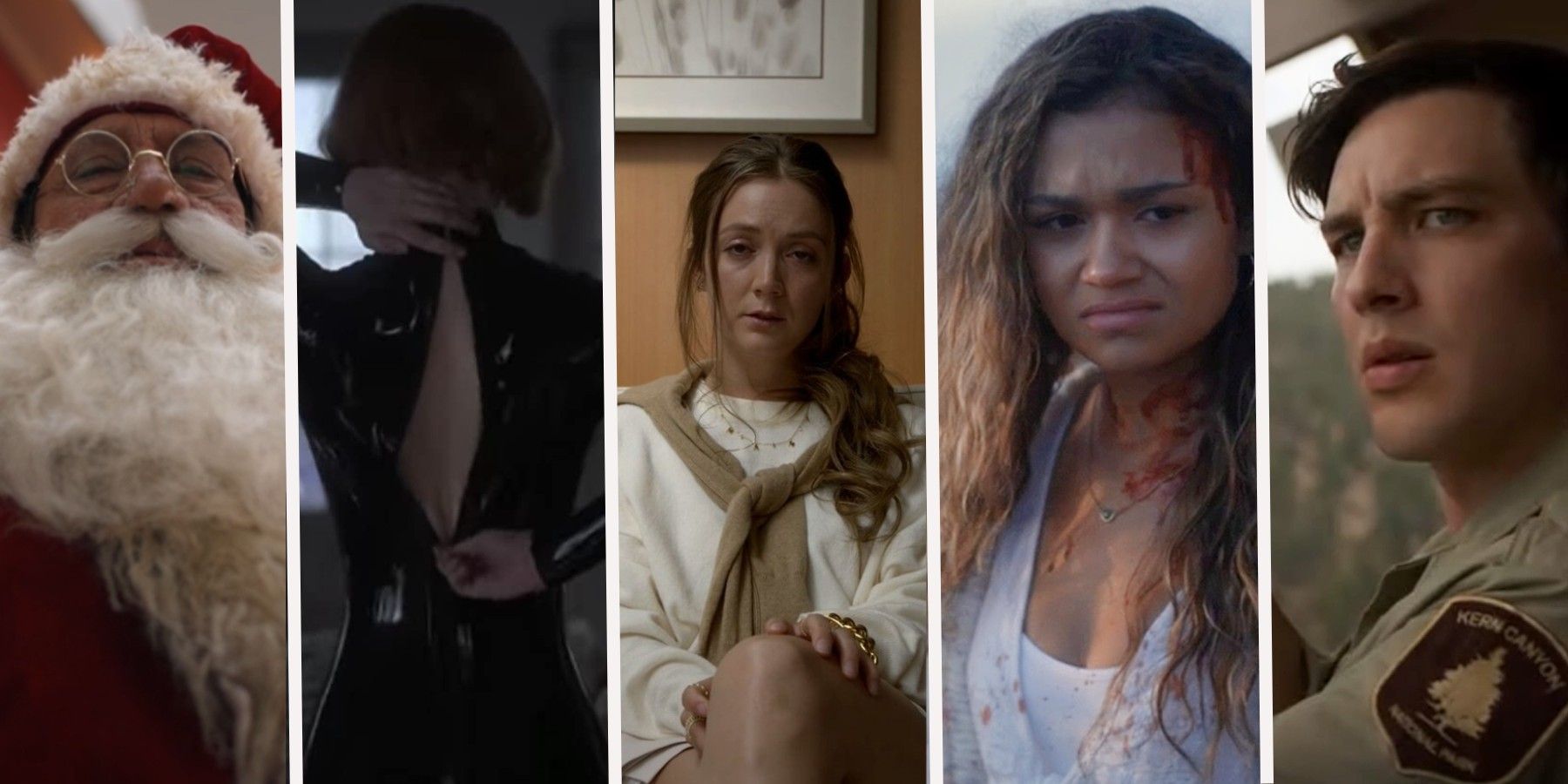
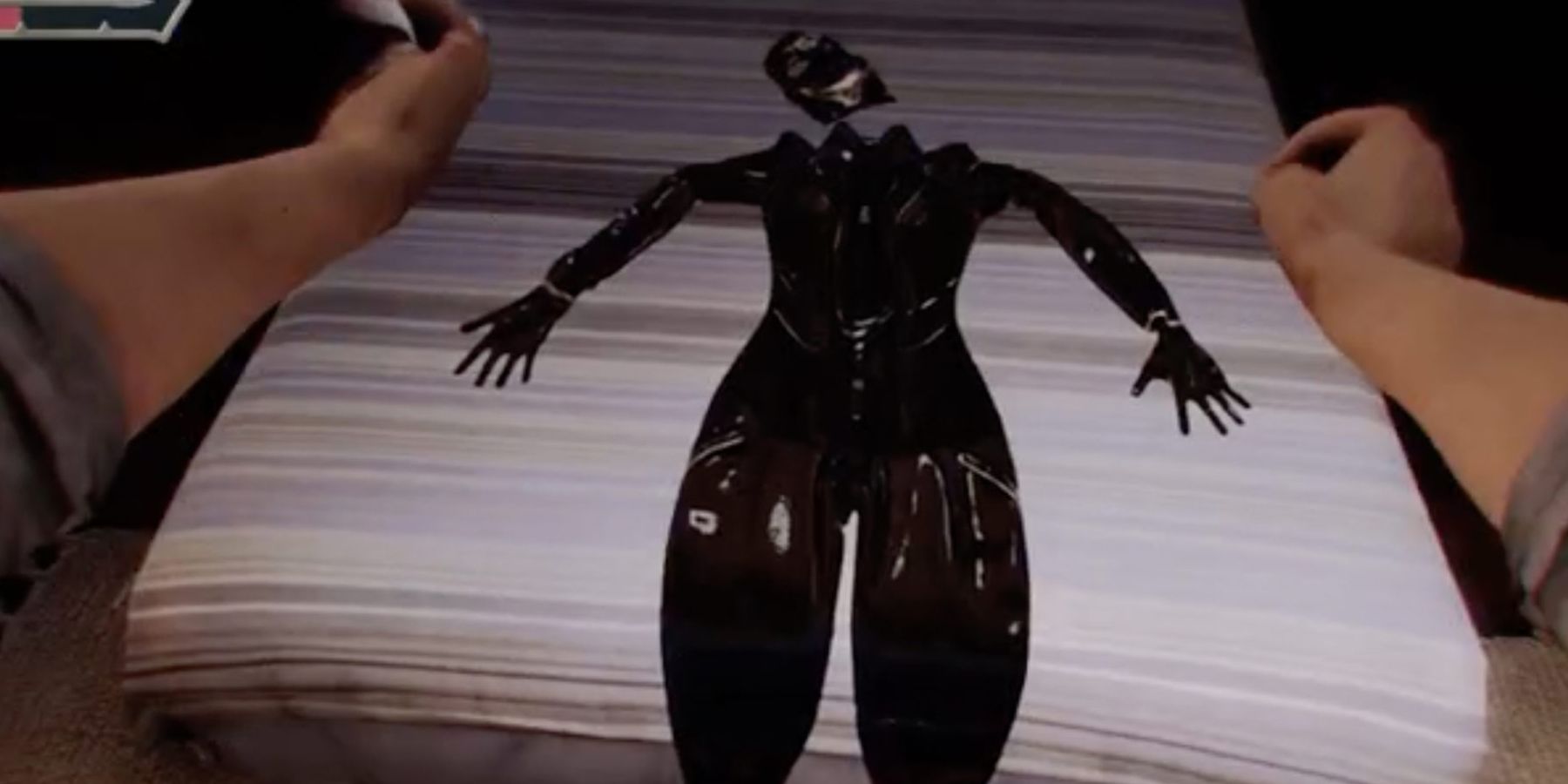
man-Part-Two.jpg)
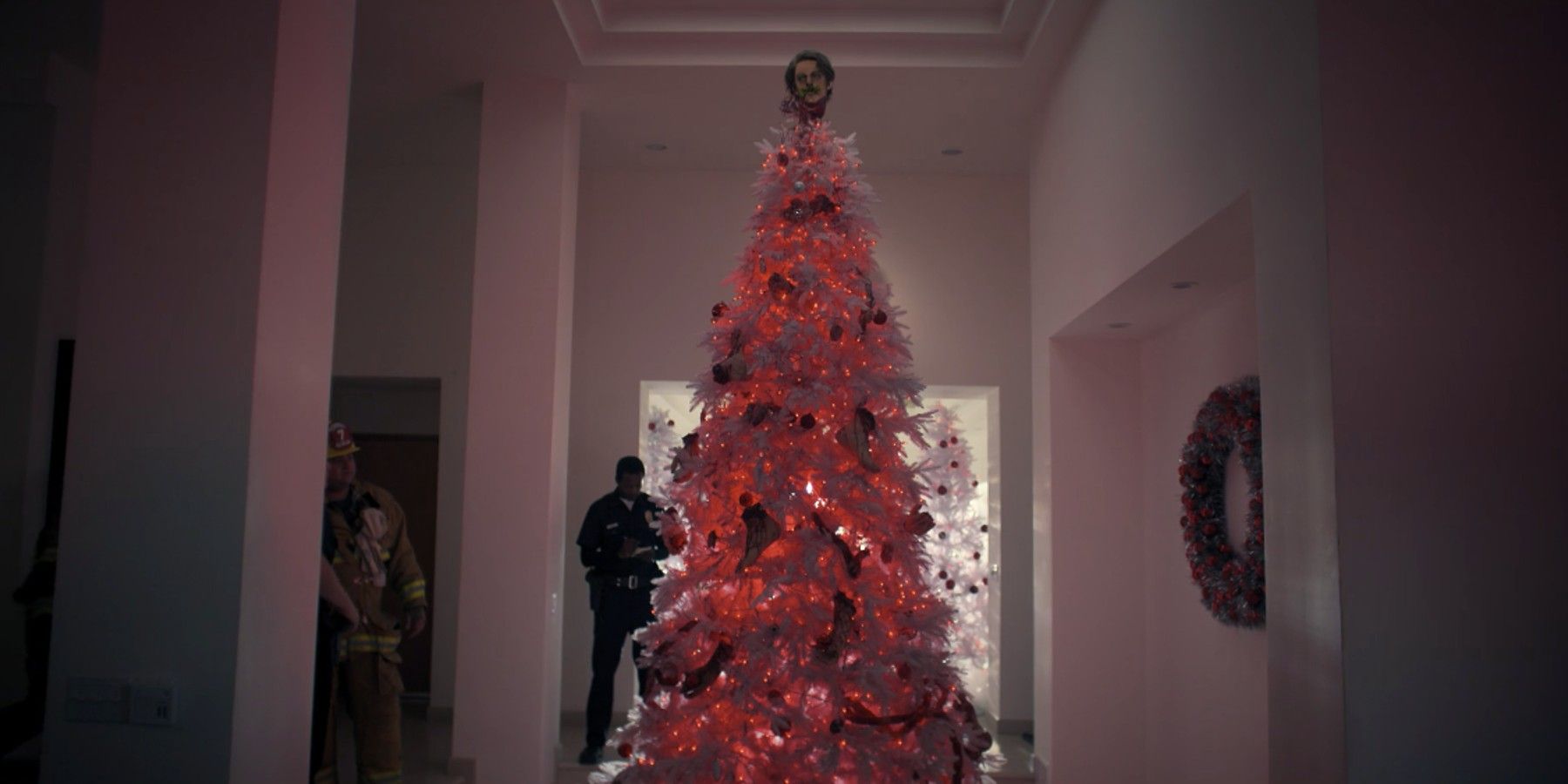
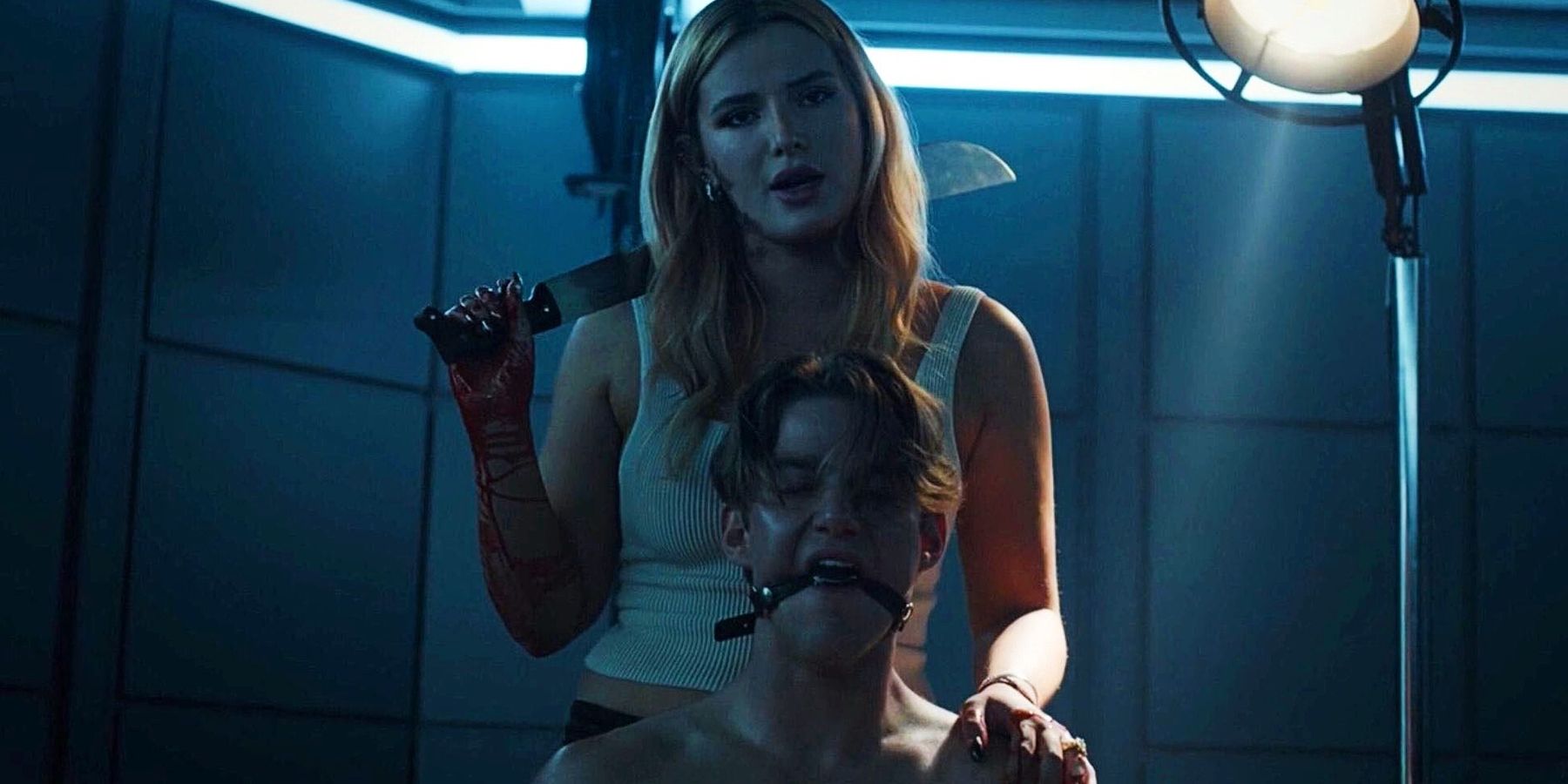
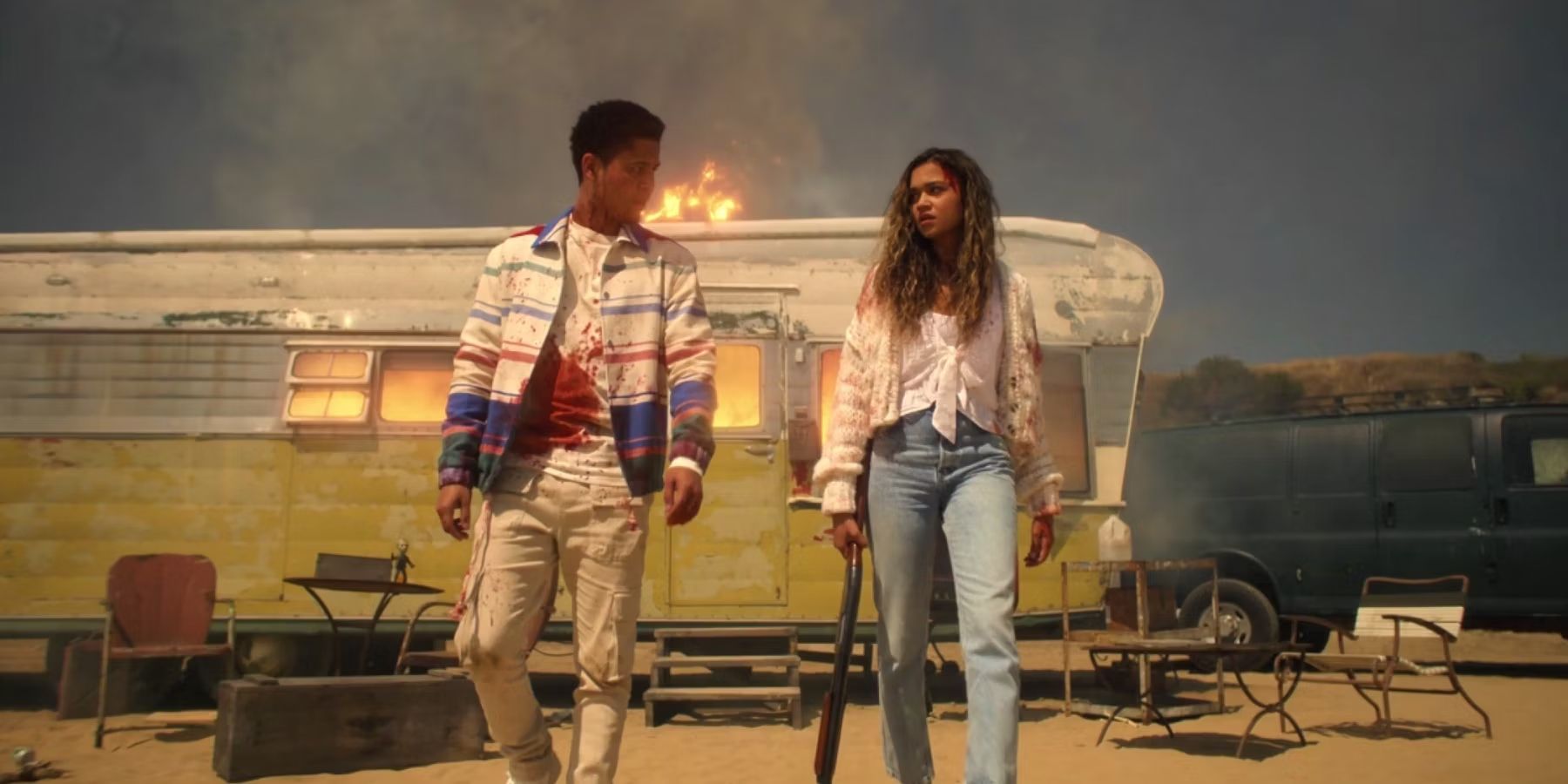
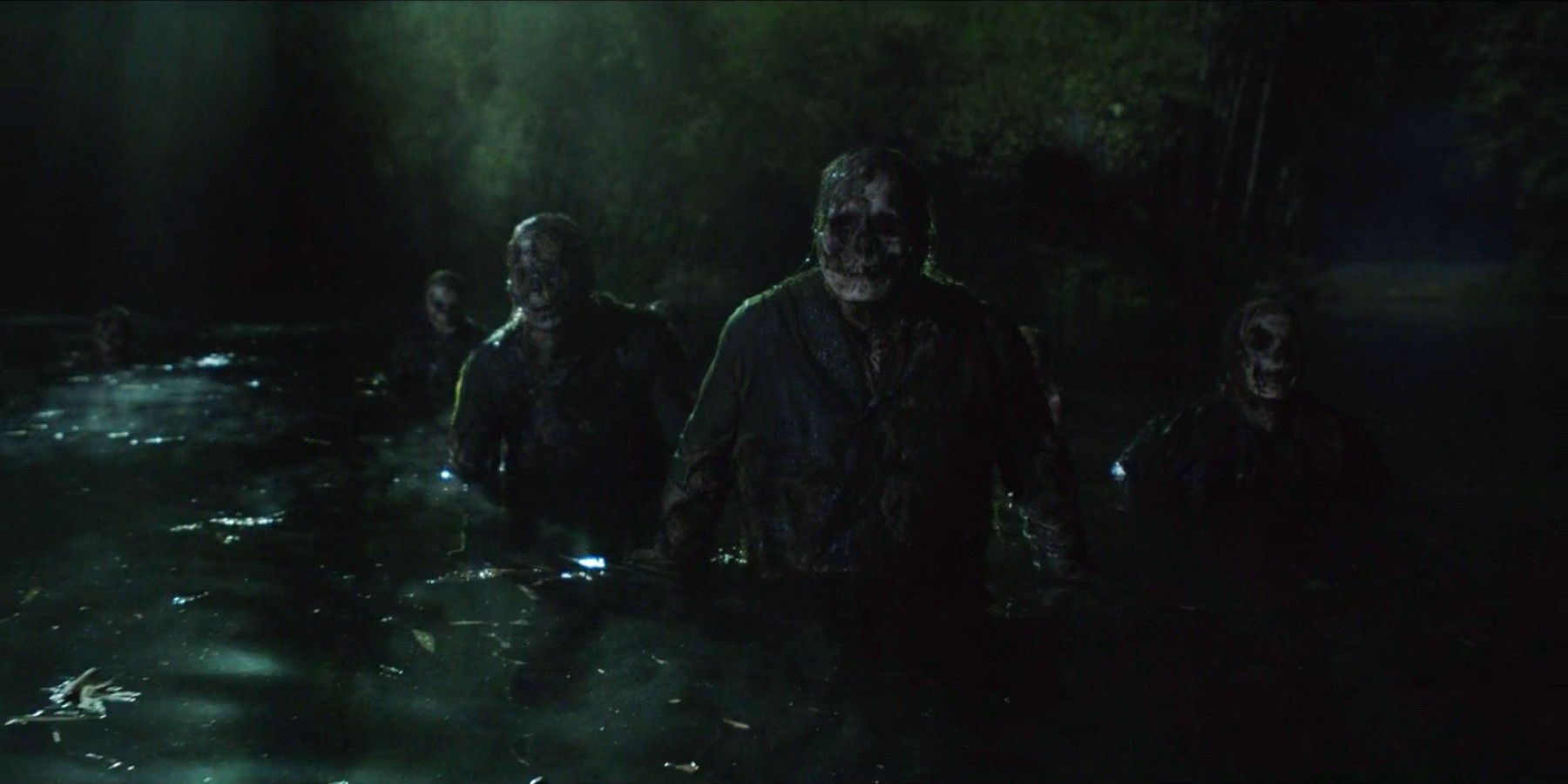
man-Part-One-american-horror-stories.jpg)
